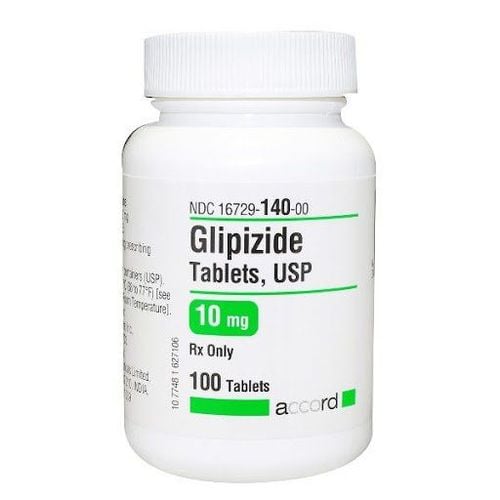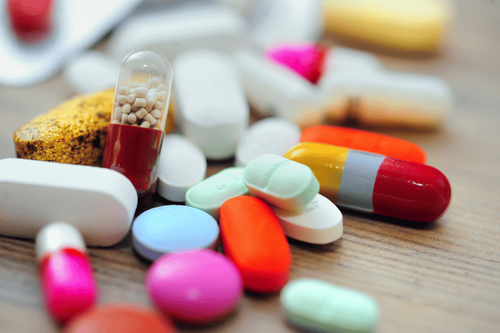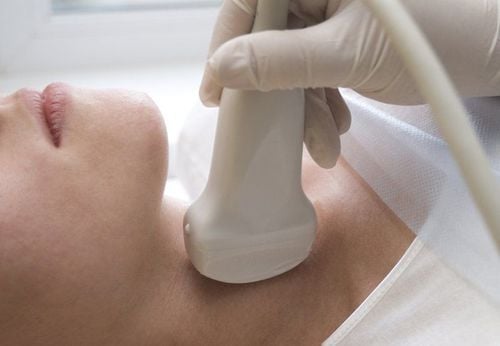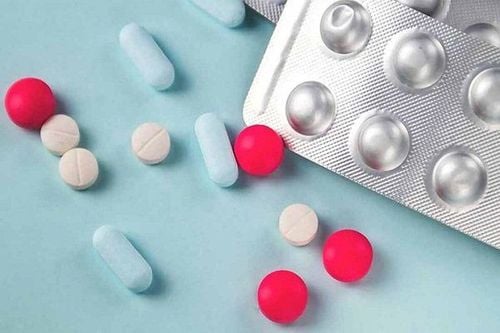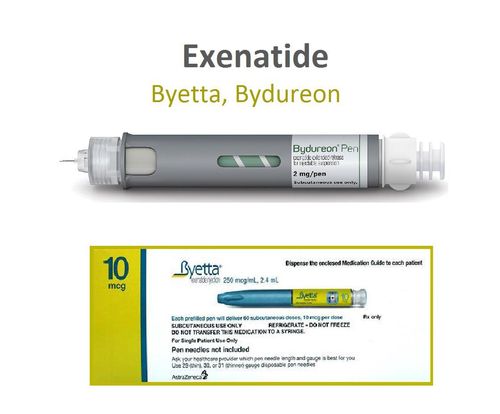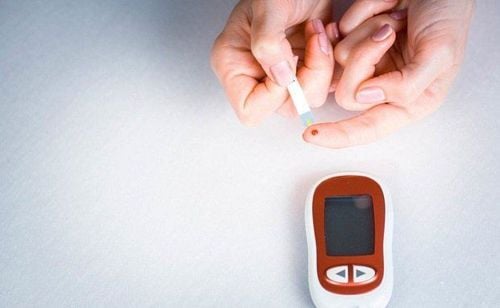This is an automatically translated article.
Although type 1 diabetes usually appears during childhood or adolescence, it can develop in adults. Despite active research, type 1 diabetes currently has no cure. Treatment focuses on managing blood sugar with insulin, diet, and lifestyle to prevent complications.
1. Causes of type 1 diabetes
Type 1 diabetes is an autoimmune condition. This means that the person's immune system mistakenly attacks and destroys the beta cells in the pancreas that produce insulin, causing permanent damage.
Currently, doctors have not found the exact cause of the body's own attack on the pancreas, possibly genetic and environmental. Lifestyle factors were not associated with the cause of type 1 diabetes.
2. Mechanism of type 1 diabetes
Type 1 diabetes is a serious disease. The cause is damage to the beta cells of the islets of Langerhans, resulting in an absolute insulin deficiency.
Immune-mediated mechanism: The process of beta cell damage is an autoimmune process. Individuals with a genetic susceptibility are at increased risk of developing type 1 diabetes after an external attack (mumps virus, measles, coxsakie B4 and B5, retro type C). Individuals carrying HLA B8, B15 antigens, especially DR3, DR4, DR3/DR4 will have an increased risk of type 1 diabetes. The above environmental factors will attack individuals with genetic predisposition to diabetes. Type 1 diabetes. Only a very small damage of beta cells also releases antigens, stimulates the body to produce autoantibodies, causing the autoimmune islet inflammatory response. The possible antigen is GAD (glutamic acid decarboxylase) a Kd protein located in the cytoplasm of beta cells. Autoantibodies will react with antigens.
Activated lymphocyte macrophages will gather around the islets of the pancreas causing an inflammatory response. T lymphocytes secrete chemical mediators, including interleukin-1, that have a toxic effect on beta cells. Interleukin-1 induces the formation of free radicals that damage and destroy beta cells, leading to the cessation of insulin secretion.
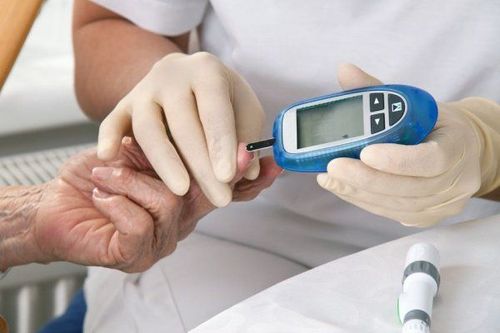
Đái tháo đường type 1 là một thể bệnh nặng
3. The role of the hormone insulin
Insulin is a hormone that helps move sugar or glucose into your body's tissues and cells to use it for fuel.
Damage to the beta cells of the pancreas, so glucose does not move into the cells because there is no insulin, so this glucose accumulates in the blood and the cells starve for energy. When blood sugar is high, it can lead to:
Dehydration. When there is more sugar in your blood, you pee more. That is the body's way of dealing with the problem of having a lot of sugar in the blood, but when the patient urinates a lot, the body becomes dehydrated. Weight loss . Glucose and calories go out when you pee, which is why many people have high blood sugar but lose weight. Ketoacidosis (DKA) is a serious condition that can lead to a diabetic patient's coma and even death. When your cells don't get the glucose they need for their energy needs, your body starts burning fat for energy and with it it also produces ketones. . These chemicals the body makes when it breaks down fat for energy. The body does this when it doesn't have enough insulin to convert glucose into the energy it needs. When ketones accumulate in the blood, their acidity increases. This is a warning sign that your diabetes is out of control. Damage to your body. Over time, high blood glucose levels can damage the nerves and small blood vessels in your eyes, kidneys, and heart. They can also make you more susceptible to hardening of the arteries, or atherosclerosis, which leads to heart attacks and strokes.
4. Prevention of type 1 diabetes
Currently, because the cause of type 1 diabetes is unknown, there is no way to prevent this disease. No one knows for sure what causes type 1 diabetes, but scientists think it has something to do with genes, but that's still not enough, in most cases, a child must be exposed to something else like a virus can lead to type 1 diabetes.
Type 1 diabetes is not contagious, so children and teenagers cannot get it from others or pass it on to you. friends or family members. And eating too much sugar doesn't cause type 1 diabetes either.
5. Treatment of type 1 diabetes
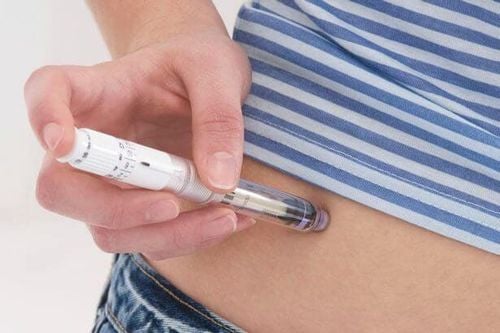
Sử dụng insulin là một trong những phương pháp điều trị tiểu đường tuýp 1
Treatment for type 1 diabetes includes:
Using insulin Carbohydrates, fats and proteins Monitor blood sugar regularly Use healthy foods Exercise regularly and maintain a healthy weight. The goal is to keep your blood sugar as close to normal as possible to delay or prevent complications. In general, the goal is to keep your daytime blood sugar before meals between 80 and 130 mg/dL (4.44 to 7.2 mmol/L) and sugar no higher than 180 mg/dL ( 10 mmol/L) two hours after eating.
5.1 Insulin and Other Medicines Anyone with type 1 diabetes needs lifelong insulin treatment. There are many types of insulin including:
Short-acting insulin Rapid-acting insulin Intermediate-acting insulin Long-acting insulin. Examples of short-acting insulin include Humulin R and Novolin R. Examples of rapid-acting insulin are insulin glulisine (Apidra), insulin lispro (Humalog), and insulin aspart (Novolog). Long-acting insulin includes insulin glargine (Lantus, Toujeo Solostar), insulin detemir (Levemir), and insulin degludec (Tresiba). Intermediate-acting insulins include NPH insulin (Novolin N, Humulin N).
5.2 Artificial pancreas In September 2016, the US Food and Drug Administration approved an artificial pancreas treatment for the first time for people with type 1 diabetes 14 years of age and older. The implant links a continuous glucose monitor, which checks blood sugar every five minutes, to pump insulin. The device automatically delivers the correct amount of insulin as the monitor indicates when it is needed. Currently, there are many artificial pancreas systems that are still in clinical trials.
5.3 Other medications Complementary medications may also be prescribed for people with type 1 diabetes, such as:
Medicines for high blood pressure. Your doctor may prescribe angiotensin-converting enzyme inhibitors or angiotensin II receptor blockers (ARBs) to help keep your kidneys healthier. These drugs are recommended for people with diabetes who have blood pressure above 140/90 mm of mercury (mm Hg). Aspirin. Your doctor may recommend that you take a daily aspirin to protect your heart. Cholesterol-lowering drugs. Guidelines for cholesterol use tend to be more aggressive for people with diabetes because of the increased risk of cardiovascular disease. The American Diabetes Association recommends that low-density lipoprotein (LDL) cholesterol be below 100 mg dL (2.6 mmol/L). Your high-density lipoprotein (HDL or good fat) cholesterol is recommended to be above 50 mg/dL (1.3 mmol/L) in women and above 40 mg/dL (1 mmol/L) in men. Triglycerides, ideally when they are below 150 mg/dL (1.7 mmol/L). 5.4 Monitoring your blood sugar Depending on the type of insulin you choose or have been prescribed by your doctor, you may need to check and record your blood sugar level at least four times a day.
The American Diabetes Association recommends checking your blood sugar before meals and snacks, at bedtime, before exercising or driving, and if you suspect you have low blood sugar. Careful monitoring is the only way to ensure that your blood sugar remains within your target range, and more frequent monitoring can lower A1C levels.
Even if you take insulin and stick to your diet on schedule, blood sugar levels can fluctuate unpredictably. You should learn and document how your blood sugar levels change with food use, activity, illness, medications, stress, hormonal changes, and alcohol.
5.5 Eat healthy and monitor carbohydrate intake The patient needs to focus your diet on nutritious, low-fat, high-fiber foods such as:
Fruits Vegetables Grains. A dietitian will recommend eating less animal products and refined carbohydrates, such as white bread and sweets. This healthy diet is recommended even for people without diabetes.
You will need to learn how to count the carbohydrates in food so that you can give yourself enough insulin to properly metabolize those carbohydrates.

Các thực phẩm giàu dinh dưỡng, ít chất béo, giàu chất xơ sẽ giúp tình trạng đái tháo đường cải thiện
5.6 Physical activity Everyone needs regular exercise, and people with type 1 diabetes are no exception. First, your doctor agrees to let you exercise. You then choose activities you enjoy, such as walking or swimming, and make them part of your daily routine. Set a goal of at least 150 minutes of aerobic exercise per week, no more than two days without exercise, a goal for children of at least one hour per day.
Remember that physical activity lowers blood sugar. If you start a new activity, check your blood sugar more often until you know how the activity affects your blood sugar. You may need to adjust your meal plan or insulin dose to compensate for the increased activity.
At Vinmec International General Hospital, we always deploy a screening package for diabetes and dyslipidemia to help detect pre-diabetes early, accurately classify diabetes type, develop a nutritional regimen, monitoring to minimize the risk and complications caused by diabetes.
Please dial HOTLINE for more information or register for an appointment HERE. Download MyVinmec app to make appointments faster and to manage your bookings easily.
Articles refer to sources: ncbi.nlm.nih.gov, webmd.com, kidshealth , mayoclinic.org




